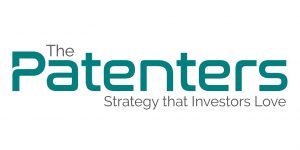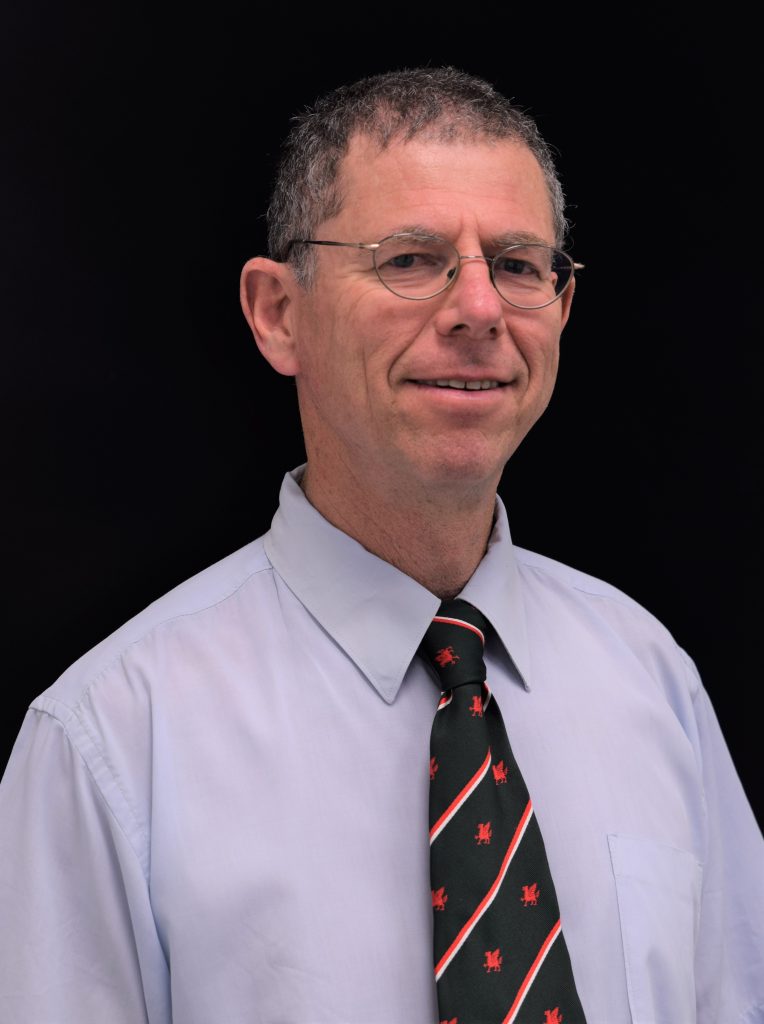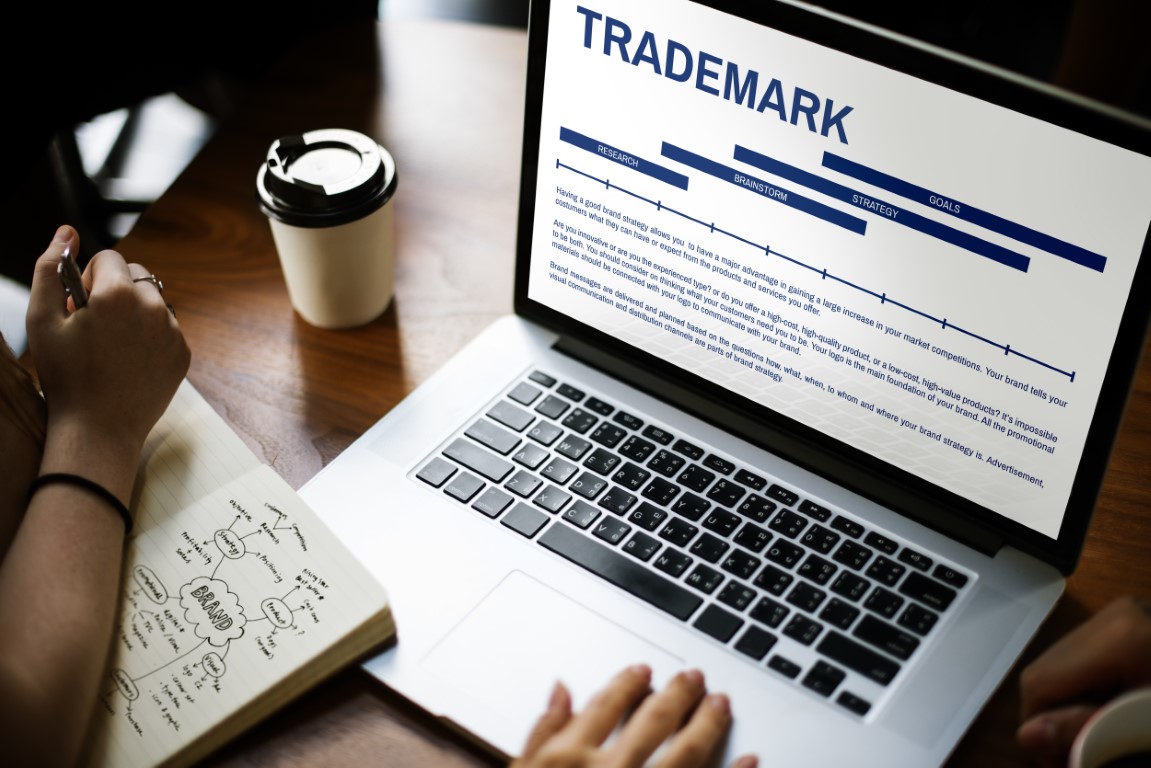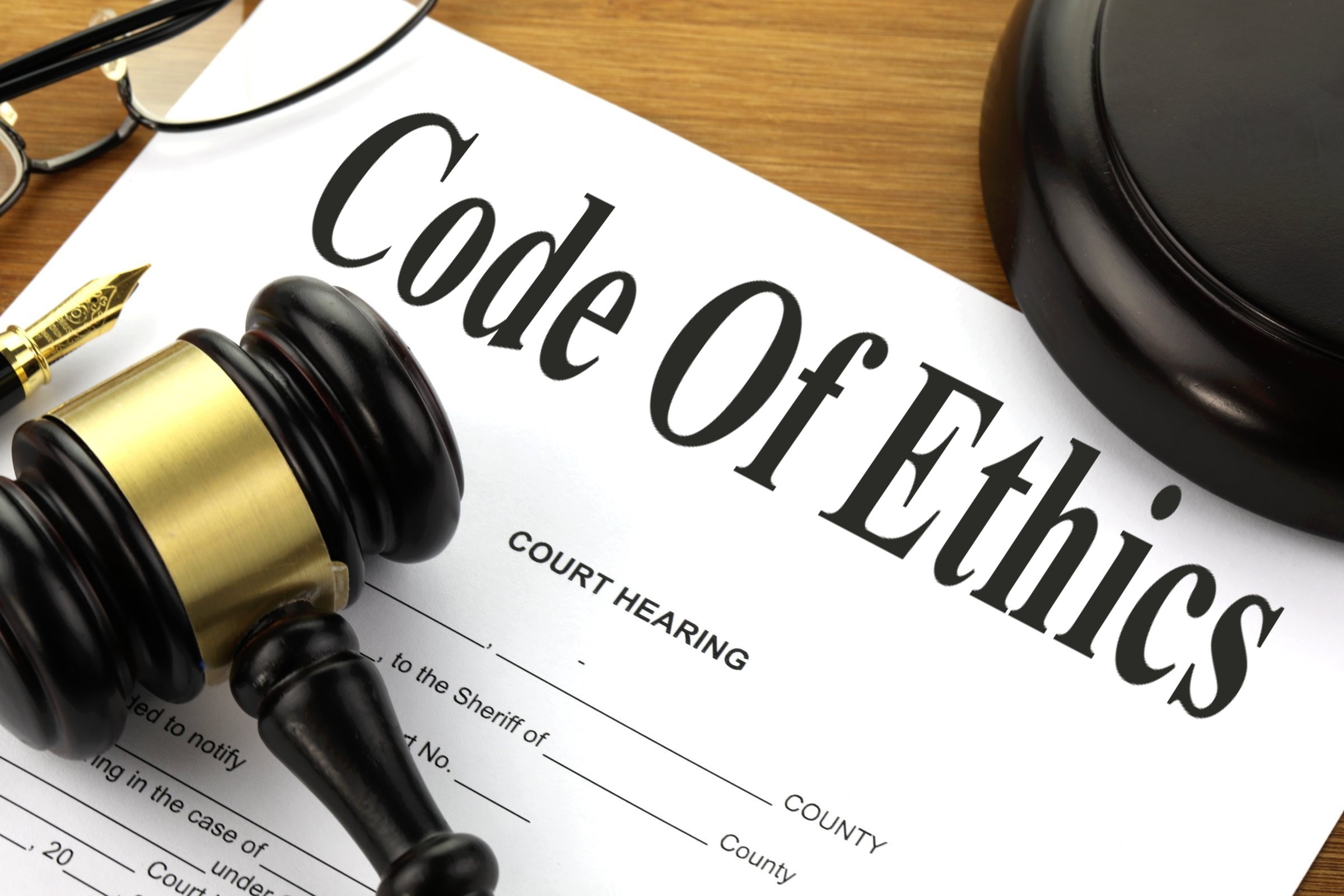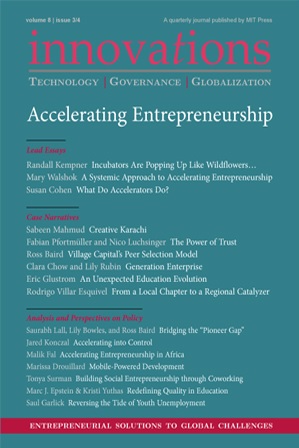Introduction
The proposed New Examination Guidelines for the Israel Patent Office 2021 are open to the public’s comments until the end of January 2021.
The following are the major proposed amendments.
- Amendment of the approach to examination of patentability. Claims that do not meet the Law’s requirements, such as method of treatment, will nevertheless be related to during the examination in respect of novelty and inventive step.
2. The examiner must separately address the patentability of each claim. The addressing is regardless of whether or not the claim is deemed patentable.
3. Divisionals will be examined within 4 months of a response to the Notice before examination being filed.
4. Requests for reexamination are treated in the following decreasing priority. Accelerated examination [PPH], applications in which a Notice of refusal was issued, those in which there was a request for examination to proceed under Section 17c of the Law, and those in which a Notice of allowance issued.
5. If an application receives a Notice before allowance but then a reexamination is requested before the allowance, the applicant needs to apply for “an amendment”. The applicant must request the postponement of the publication of the Notice of allowance. The applicant must state in the letter when he was aware of newly cited publications [if there are such]. These should have been brought to the knowledge of the applicant after the last letter to the Patent Office.
If there are significant amendments to the claims and the examination was accelerated, the examiner has the prerogative to remove the application from expedited prosecution moving forwards.
The amendments and/or newly cited publications may elicit an office action. Then the applicant has only one chance to overcome the rejections. Otherwise a Notice of refusal issues.
6. Three new examples of inventions are added to assist in determining eligible subject matter.
Abstract processes, data processing
A method of analysis, comprising :
obtaining EEG data from the subject before and after a treatment session ;
identifying flow patterns in said data, each pattern being described by a spatial component, a frequency component and a temporal component ;
comparing a pattern identified for data obtained before said treatment session to a pattern identified for data obtained after said treatment session; and
utilizing said comparison for determining the effect of the treatment session and/or predicting an effect of a future treatment session.
The claim above can be mentally implemented and doesn’t require special algortihms, big data or specialized computational tools.
______________________
Technological application
A method for delivery of a medical liquid to a patient, comprising :
a. Placing in a right order according to doctor medical prescription, liquid container on a relevant hooks of Container Holder Organizer device ;
b. repeating step (a) until finishing placement all the containers according to said medical prescription.
The steps do not include any technological element. The specification may contain technological features that redeem the claims.
______________________
Abstract processes, data processing, technological application
An expert system for optimizing health during pregnancy comprising:
at least one database of pregnancy related health data including data representing time oriented information about pregnancy health complications;
at least one input for inputting diagnostic and screening data, including time oriented information about said diagnostic and screening data; and
at least one indicator for reporting a decision as a function of the inputted diagnostic and screening data and said pregnancy related health data.
The features all relate to data an include a database (possibly physical ledger) and input and indicator. These are all abstract components and have no real technological aspect.
7. Combining two references for the purpose of determining inventive step (obviousness) is allowed. Even if one reference refers to the other without explicitly specifying an examined component of the invention which is in the other one.
Combining publications relating to different fields
The technologies from which a skilled in the art would learn of the invention might be considered to be from outside the specific expertise of the skilled in the art. This approach can be adopted in cases where such person would tend to broaden a search for a solution to a problem. Specifically if such technological fields have similar approaches to a problem or share a technological feature.
8. Obvious to try rejection cannot be successfully traversed solely by arguing that the invention has some general improved characteristic. The applicant would have to prove (!) that the path that was chosen in implementing the invention was not obvious. Such path should have been unpopular and/or difficult, or should have produced a result that was
unexpected. General unsubstantiated arguments of advantages or difficulties without details of the path will not succeed in overcoming the rejection.
Discussions in the spec
If the specification does have some general discussion of the unexpected advantages of the invention the examiner may use such statements to help determine the inventive step. Even merely that there is such effect without further details. The examiner will relate to the claim/s that pertain to this effect. However, if no such statements are incorporated and could not be deduced by a skilled in the art from reading the specification or from considering the technical problem, the examiner is not allowed to take into account supportive data that the applicant may furnish during the examination.
However, the examiner cannot use the apparent lack of surprising or improved effect alone to build an inventive step rejection.
Accomplishing a solution in a way that is different from the ways that were previously used to obtain a solution to a technical problem, even without an improved effect, may serve to provide inventive step.
9. Not trying [in prior art] a pathway that leads to the invention is in itself not an indication to teaching away.
10. In citing one or more general reference [textbook etc.] the examiner must specify which features are described in that reference and the motivation of a skilled in the art to combine such features with the features described in a more specific publication, in making an inventive step rejection.
11. In setting an argument regarding the path a skilled in the art would follow to attain the invention the examiner may choose as a starting point [a primary publication] a publication that is not the closest prior art. The examiner must find the motivation for the skilled in the art combining cited publications only from the primary publication or from a general reference.
However, if there is no real interaction between the features in several publications [the invention is a collation] the examiner is not obligated to demonstrate motivation for combining references.
12. When claiming medical use of novel compounds there is no need to specify medical conditions for which these compounds are used. However, such use should be specified in claims for non-medical uses.
13. The requirement to erase the phrase “incorporation by reference [the priority document] is anulled.
Additional reading
Israel Patent Exam Guidelines for 2020
Israel Patent Exam guidelines for 2019
Disclaimer
The author and office assume no responsibility for action upon the proposed guidelines and do not guarantee their faithful interpretation. You should seek local professional guidance before acting on a local matter.
